In the digital age, we’re all about capturing and sharing moments. But when it comes to our websites, those images can either be a boon or a bane for SEO. We’ve got the scoop on why image optimization is your secret weapon in the SEO battleground.
Optimizing images isn’t just about reducing file size. It’s a nuanced art that balances quality and performance, ensuring your site loads faster and ranks higher. Let’s dive into how we can make our images work harder for us, not against us, in the SEO game.
Table of Contents
Key Takeaways
- Image optimization plays a crucial role in improving a website’s SEO by boosting site speed, enhancing user experience, and making content more discoverable and accessible.
- Choosing the right file format (JPEG, PNG, WebP) and optimizing image size and quality are essential for balancing visual quality with website performance, impacting search rankings and user engagement positively.
- Descriptive, keyword-rich filenames and ALT text are vital for SEO, aiding in making images more interpretable by search engines and accessible to users with visual impairments.
- Implementing an image sitemap facilitates better indexing by search engines, increasing the visibility of images in search results and contributing to the overall SEO strategy.
- Making images mobile-friendly is imperative in today’s mobile-first internet usage, requiring responsive images that adjust to various screen sizes without compromising load time or user experience.
- Neglecting image optimization can lead to missed opportunities in achieving higher search engine rankings and an optimized user experience, showcasing the importance of images as a powerful SEO tool.
The Importance of Image Optimization for SEO
When we think about SEO, images may not be the first thing that comes to mind. Yet, they play a crucial role in our site’s overall SEO strategy. Optimized images can significantly boost our website’s speed. This improvement in speed directly impacts our site’s search engine rankings.
Google and other search engines prioritize fast-loading websites. Our visitors also prefer sites that load quickly, reducing bounce rates. By optimizing images, we’re essentially hitting two birds with one stone. We improve user experience and our SEO ranking.
But it’s not just about speed. Image optimization also enhances our site’s accessibility. Alt text for images boosts SEO by providing context to search engines. This makes our content more discoverable to those using screen readers.
Moreover, well-optimized images are more likely to appear in Google Images search results. This increases our visibility and drives more traffic to our site. It’s a win-win.
Properly optimized images also reduce the load on our web servers. This reduction in bandwidth can lower hosting costs. It shows that image optimization can have financial benefits as well.
Lastly, in a world dominated by visual content, engaging images can set us apart from competitors. Optimized images ensure that these visuals are seen and appreciated by a wider audience.
Neglecting image optimization is a missed opportunity in optimizing for SEO. We’re not only improving site performance but also enhancing user experience. This dual impact can significantly elevate our website’s position in search engine results, making our content more visible and accessible to our target audience.
Understanding the Role of Images in SEO
Images play a pivotal role in SEO, much more than just beautifying a webpage. They’re a powerful tool for improving a website’s search engine rankings. When optimized correctly, images can significantly boost a site’s visibility in search results. Google’s algorithms now recognize and index images in a way that contributes to the overall SEO score of a website.
We must understand that search engines like Google use bots to crawl websites. These bots can’t “see” images the way humans do. They rely on the image’s file name, alt text, and surrounding content to understand what the image represents. This is why it’s crucial to use descriptive filenames and to fill out the image’s alt attribute.
Moreover, images can contribute to the semantic meaning of a webpage. By using relevant images that match the content, we reinforce the message we’re trying to convey. This alignment helps search engines to better understand the content, potentially improving the page’s ranking for relevant keywords.
Optimizing images also means reducing their file size without compromising quality. Large images slow down website loading times, negatively impacting user experience. Speed is a known ranking factor for Google, making image optimization a necessity. By compressing images, we decrease page load times, improve user experience, and contribute positively to SEO.
Engaging, high-quality images can also reduce bounce rates. They encourage visitors to stay longer on a page, increasing engagement and the likelihood of conversions. This behavioral metric is another factor that search engines consider when ranking websites.
Including images in your SEO strategy isn’t just an option; it’s a must. By recognizing their value and impact, we unlock the potential to propel our website’s visibility and ranking in search results. Through strategic optimization, images become not just a visual aid but a significant driver of organic traffic.
Factors to Consider for Image Optimization
When it comes to optimizing images for SEO, there are several critical factors we need to consider. File format plays a pivotal role in balancing quality and size. JPEGs are great for photographs due to their compression capabilities. On the other hand, PNGs are ideal for images with text or transparent backgrounds. GIFs should be reserved for simple animations.
File size directly impacts loading times. It’s essential to compress images without sacrificing quality. Tools like Adobe Photoshop, GIMP, and online compressors can reduce file sizes significantly. This ensures faster page loads, improving user experience and SEO.
Image dimensions should match the size they’re displayed on the website. Uploading larger images than necessary can significantly slow down your site. We always ensure to resize images appropriately before uploading.
Alt text is not just for accessibility; it’s a crucial SEO element. Descriptive, keyword-rich alt text helps search engines understand the image context, contributing positively to the page’s search ranking. It also improves web accessibility, making our content user-friendly for everyone.
Image SEO isn’t just about the image itself but also its context on the page. The text surrounding an image should be relevant. This relevance helps search engines understand the image’s role and significance, potentially boosting the content’s visibility.
The filename is another aspect we optimize. A descriptive, keyword-rich filename provides search engines with clues about the image’s subject matter. This simple step is often overlooked but can significantly impact SEO.
Incorporating responsive images is key in our optimization strategy. With varying screen sizes, ensuring images adjust correctly for every device is vital. This not only improves the user experience but also supports SEO efforts.
Lastly, leveraging image sitemaps can further enhance our images’ visibility to search engines. By providing explicit URLs to our images, we ensure that search engines can easily find and index them.
Through these strategic optimizations, we aim to harness the full SEO potential of images, enhancing both site performance and user engagement.
Choosing the Right Image Format for SEO
When it comes to optimizing images for SEO, selecting the right format is crucial. There are several formats available, but JPEG, PNG, and WebP are among the most common for web use. Each format has its advantages and scenarios where it’s most beneficial.
JPEG is widely used for its ability to compress images significantly while maintaining a reasonable level of quality. This makes it an excellent choice for photographs or complex images with many colors.
PNG, on the other hand, supports transparency and tends to maintain higher quality with less compression. It’s ideal for logos, icons, or any graphics where sharpness and clarity are key.
The relatively newer WebP format offers the best of both worlds. It provides excellent quality at significantly reduced file sizes and supports transparency. WebP is becoming increasingly supported across web browsers, making it an attractive choice for all types of images.
Choosing the wrong format can lead to unnecessarily large file sizes or a loss in image quality. Both scenarios negatively impact SEO by slowing down page load times and reducing user engagement.
Our goal is to strike the perfect balance between image quality and file size. Testing different formats and compression levels is a part of our strategy to see what works best for each image type. Tools like Adobe Photoshop, online compressors, or CMS plugins can assist in optimizing images without sacrificing quality.
Remember, the right image format is not a one-size-fits-all solution. It varies depending on the image content, its use on the website, and the overall impact on page load speed.
By carefully selecting the appropriate image format, we ensure our website remains fast, visually appealing, and SEO-friendly.
Techniques for Optimizing Image Size and Quality
When it comes to optimizing image size and quality, we’ve found several techniques invaluable. Choosing the right compression tool is our first step. These tools can significantly reduce file size while maintaining image quality. We often use tools like Adobe Photoshop or free online compressors for this task.
Another key technique is selectively reducing quality. Images for the web don’t always need to be in the highest quality. Reducing the quality to 60-80% often results in barely noticeable changes to the naked eye but drastically reduces file size.
Cropping unnecessary space can also make a big difference. By removing unneeded areas, we focus on the important parts of the image, reducing file size without impacting quality.
Batch processing is a real time-saver for us. It allows us to optimize multiple images at once, ensuring consistency across our website. This approach works great when dealing with numerous images under the same category.
Lastly, utilizing modern formats like WebP really changes the game. WebP provides superior compression, making it our go-to format for balancing quality and speed.
In our experience, implementing these techniques effectively reduces load times, improves page speed, and enhances overall user experience. By carefully selecting compression levels and formats, we ensure our images are perfectly optimized for SEO. Remember, every second counts in keeping potential visitors engaged and happy on our site.
Using ALT Text and Descriptive Filenames for SEO
Incorporating ALT text and descriptive filenames into our image optimization strategy is crucial for SEO success. ALT text provides a textual description of an image for search engine crawlers. It’s essential for ensuring our content is accessible to users with visual impairments, utilizing screen readers. Descriptive filenames, on the other hand, give search engines and users an idea of what the image is about even before it loads.
We don’t just slap any text into the ALT attribute or the filename. Keyword-rich descriptions that naturally incorporate relevant search terms can do wonders. They help improve our website’s SEO by making it more relevant to what our audience is searching for. It’s about striking the right balance. Keywords are helpful, but overstuffing can hurt more than help.
In practice, if we have an image of a golden retriever on a sunny beach, an ALT text of “Golden Retriever Enjoying a Sunny Day on the Beach” is descriptive and helpful. The filename can be similar, like “golden-retriever-sunny-beach.jpg”. This clarity benefits not just SEO rankings but user experience as well.
Remember, ALT text and filenames are not places to cut corners. They require thoughtful consideration.
Using responsive images ensures that our content is accessible across a variety of devices, enhancing user experience and SEO. This ties back into the importance of making every element of our website work in harmony towards SEO goals.
Furthermore, incorporating images into our website’s sitemap can also provide search engines with more information about the images on our site. This makes it easier for them to crawl and index our content, ultimately improving visibility in search results.
By prioritizing ALT text and descriptive filenames, we’re making our images work harder for our SEO objectives. It’s an integral piece of the optimization puzzle. Every little detail contributes to the bigger picture of achieving higher search engine rankings and delivering a better user experience.
Leveraging Image Sitemaps for Better Indexing
When we’re optimizing images for SEO, creating an image sitemap is a step we can’t afford to skip. Image sitemaps provide search engines with precise information about the images on our website.
By explicitly listing images in a sitemap, we make it easier for search engines to find and index them. This process can significantly boost the visibility of our images in search results.
Adding images to our sitemap involves specifying the image location, caption, title, geo-location, and license. This detailed information helps search engines understand and categorize our images more effectively.
It’s not just about making our images more discoverable. An image sitemap also tells search engines that our website is rich in visual content. This richness can improve the overall indexing of our site.
Google, in particular, places a high value on image sitemaps. They’ve explicitly stated that submitting an image sitemap can increase the chances of images appearing in Google Images search results.
Remember, for every image we add to our sitemap, we’re enhancing its chances of being seen by our target audience. That’s why we must regularly update our image sitemaps, especially when we add new images or update existing ones.
For sites with a large number of images, automating the creation and updating of image sitemaps can save time and ensure consistency. Tools and plugins available for various content management systems can help with this.
Incorporating image sitemaps into our SEO strategy is a powerful way to enhance our site’s visibility and user experience. By doing so, we’re not just optimizing for search engines; we’re also improving accessibility for users.
The Impact of Mobile-Friendly Images on SEO
In today’s digital age, mobile searches surpass desktop. This shift makes mobile-friendly images a cornerstone of SEO success. Responsive images adapt to various screen sizes, ensuring a seamless user experience.
Google prioritizes mobile-friendly websites in its rankings. Sites with responsive images load faster on mobile devices, reducing bounce rates. A lower bounce rate signals quality content to search engines, boosting SERP positions.
Faster load times also enhance user engagement. Visitors are more likely to stay on a page that loads quickly. This increased engagement boosts the likelihood of conversions and return visits.
We must also consider the role of high-quality images in mobile SEO. While quality is paramount, oversized images can slow down page speed. Balancing image quality and file size is essential for mobile optimization.
Optimizing images for mobile use includes using the correct file format. Formats like JPEG and WebP offer quality images at smaller file sizes, perfect for mobile browsing.
Moreover, implementing alt text for images improves accessibility on mobile devices. Alt text aids screen readers and helps visually impaired users understand an image’s content, aligning with Google’s mobile-first indexing practices.
Lastly, we leverage tools and plugins specifically designed to optimize images for mobile devices. These tools automate the resizing and compression processes, ensuring all images are mobile-friendly without sacrificing quality.
By prioritizing mobile-friendly image optimization, we enhance our website’s SEO performance significantly. This not only caters to the current mobile-first indexing approach but sets our site up for future search engine updates.
Conclusion
We’ve explored the pivotal role image optimization plays in bolstering SEO efforts. It’s clear that not only does it enhance website speed and search engine visibility but it also significantly lowers bounce rates. Embracing the right techniques—be it choosing the optimal file format, size, and dimensions, or ensuring images are responsive and mobile-friendly—is crucial. It’s about striking the perfect balance between high-quality visuals and performance. By prioritizing these elements, we’re not just improving user experience but also aligning with Google’s mobile-first indexing. Let’s make image optimization a key part of our SEO strategy to drive better results and stay ahead in the digital landscape.
Frequently Asked Questions
What is image optimization for SEO?
Image optimization for SEO involves adjusting and formatting your site’s images to improve website speed, enhance search engine rankings, and lower bounce rates. It includes optimizing file formats, sizes, dimensions, and adding descriptive alt text.
Why is image optimization important for website speed?
It reduces the file size of images without compromising quality, enabling faster page load times. Faster websites provide better user experiences, which is a key factor in search engine rankings and reducing bounce rates.
How does mobile-friendly image optimization impact SEO?
Mobile-friendly image optimization ensures images load quickly and correctly on mobile devices, providing a seamless user experience. This boosts website speed on mobile, lowers bounce rates, and enhances SERP positions, aligning with Google’s mobile-first indexing.
What are responsive images and why are they important?
Responsive images adjust their size and resolution based on the user’s screen to ensure optimal display. They are crucial for providing a better user experience across different devices and contribute to mobile-friendly SEO.
What factors should be considered for image optimization?
Key factors include selecting the right file format, reducing image file size, optimizing the dimensions, adding relevant alt text, ensuring the filename is descriptive, creating responsive images, and including images in sitemaps.
What role do high-quality images play in mobile SEO?
High-quality images enhance user engagement and contribute to a positive user experience, especially on mobile devices. However, it’s essential to balance quality with file size to maintain fast load times, crucial for mobile SEO.
How can alt text benefit SEO?
Alt text provides a text alternative for images which helps search engines understand the image content. This improves accessibility for visually impaired users and contributes to the image’s search engine rankings.
What tools or plugins can assist with mobile-friendly image optimization?
There are various tools and plugins available that automatically adjust image sizes, compress files, and convert images to optimal formats for mobile-friendly websites. These tools simplify the process of making images responsive and fast-loading.


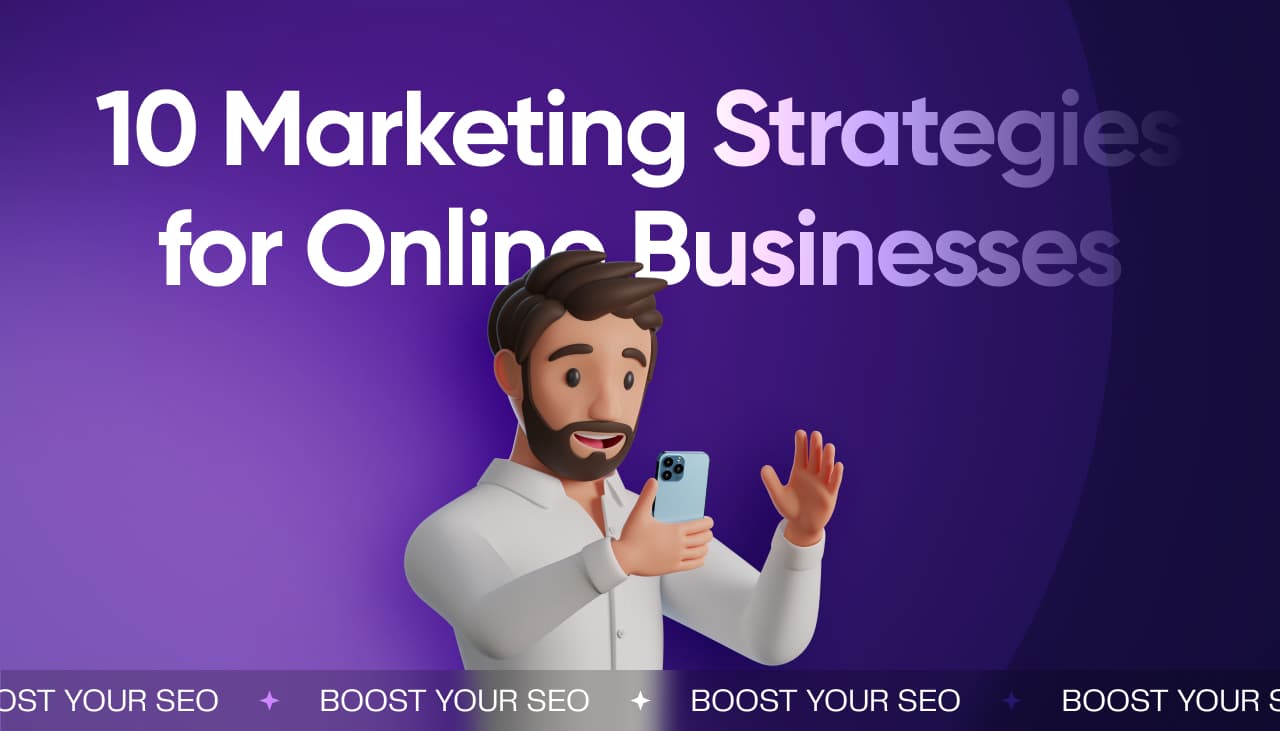







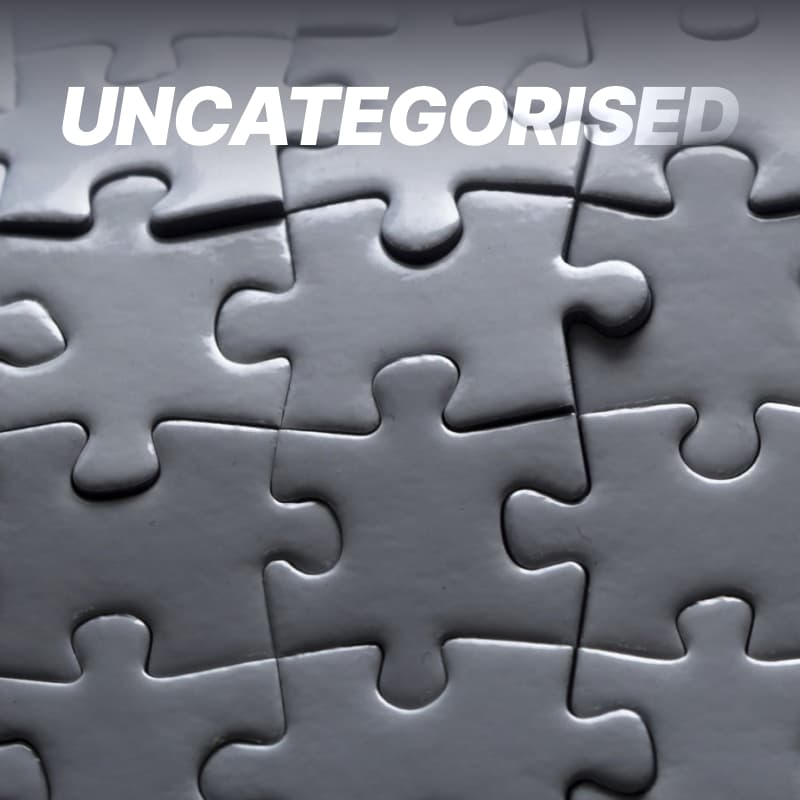

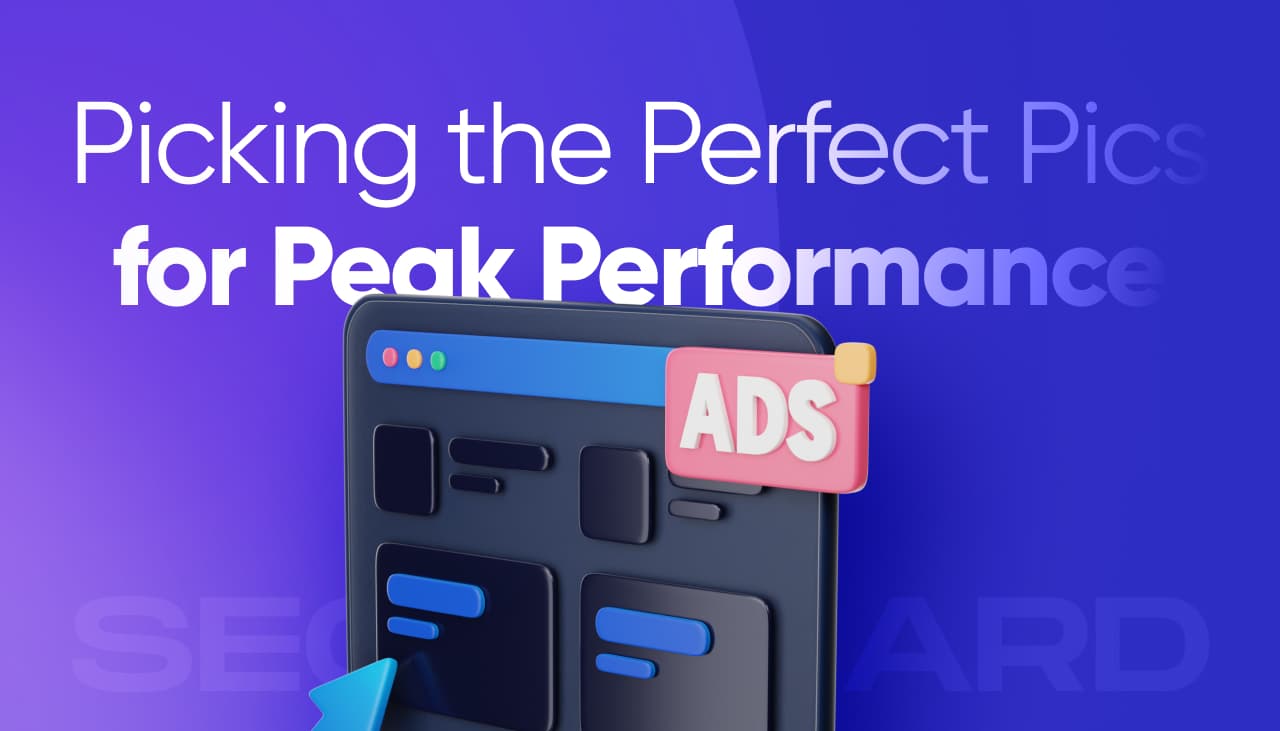


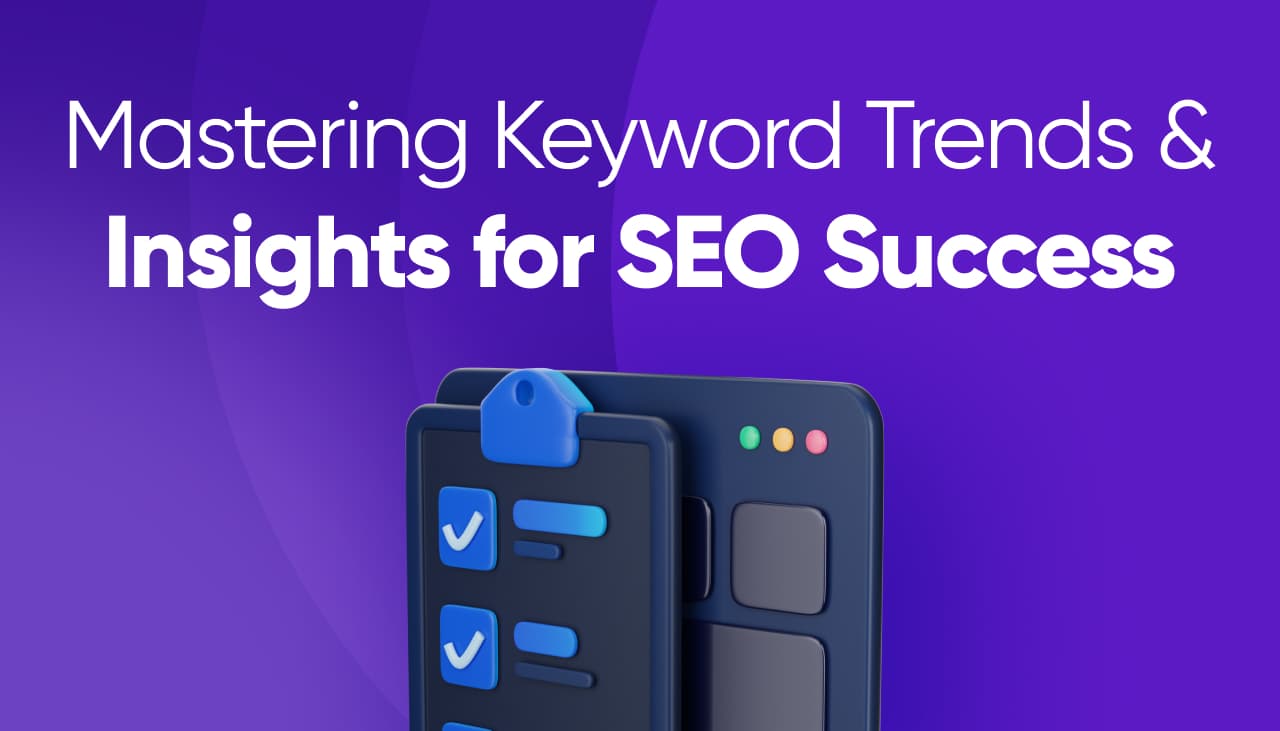



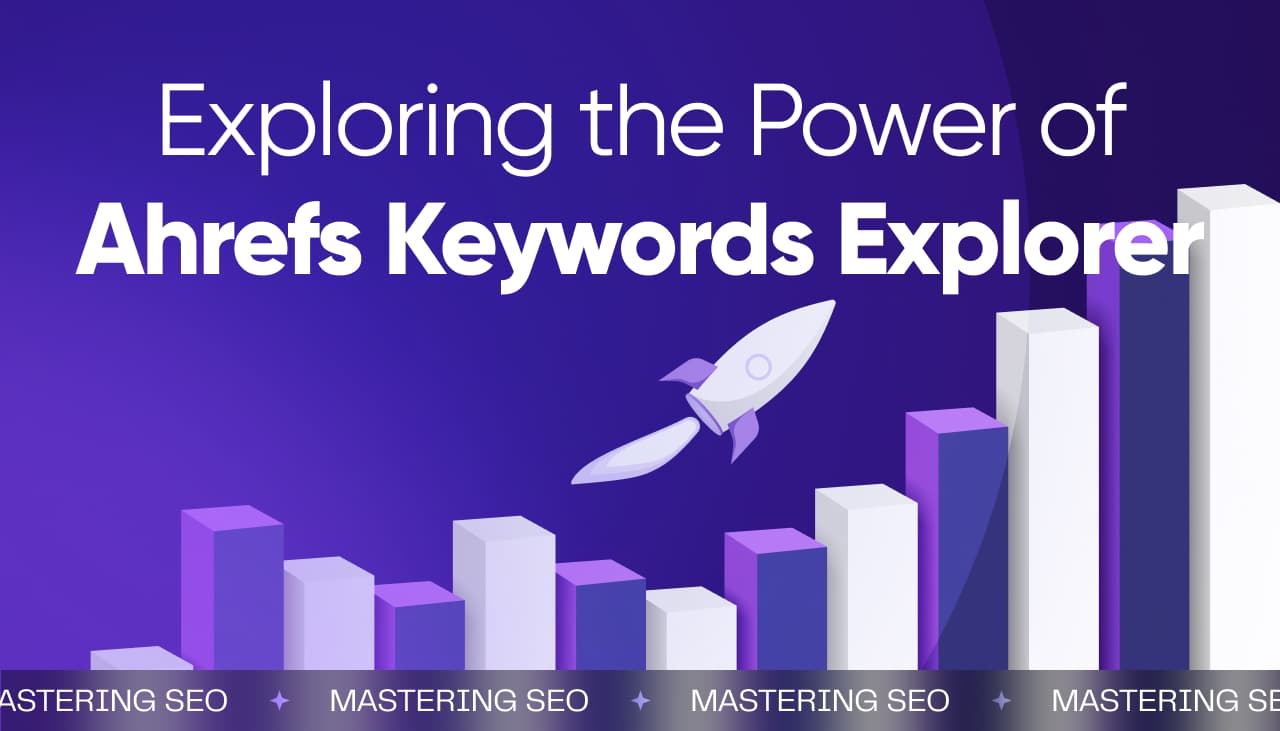

Responses (0 )